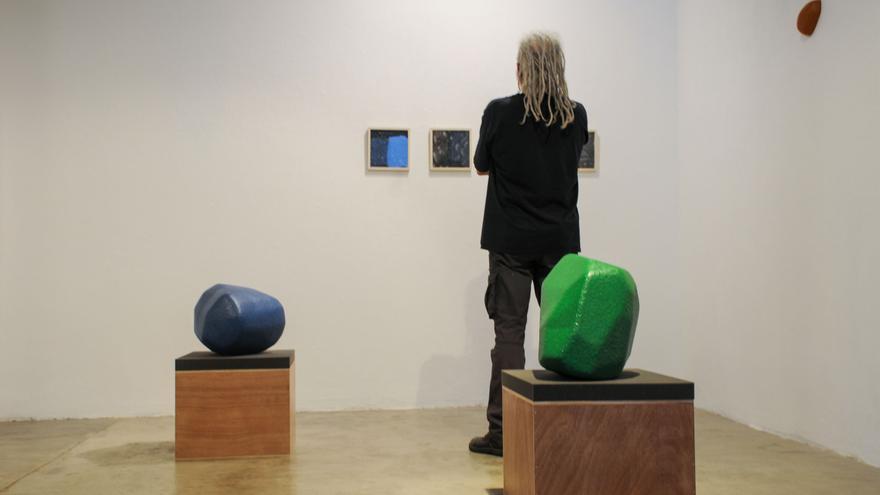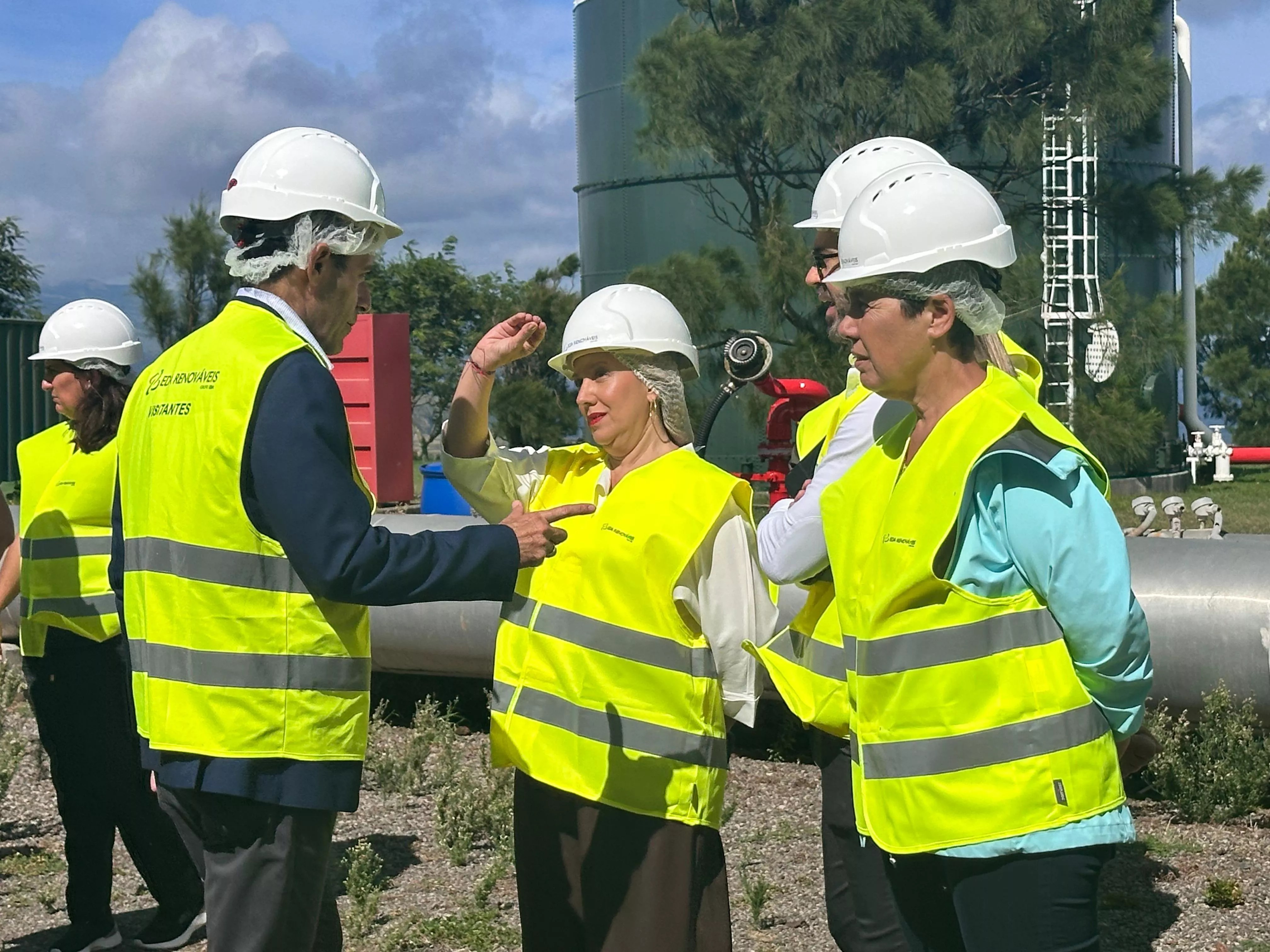
The faceless man will not leave ‘No Truce’ to the public that enters the Saro León Gallery today. After touring the pine forests of ‘Stoneyway’, ‘Caída’ and ‘Simétrico’ in his last individual exhibition, ‘Nothing that laughs’, held in Tenerife, he extracts from those paintings the tangible elements of the natural space. Without haste, but without pause, Julio Blancas ignites the collective conscience in what is apparently innocuous.
The car meanders between the sea and the slope of the cliff. The rocks are trapped between nets before looming above the ground and are forced to balance their eagerness to fall with gravity. Those bumps in the terrain, those stones on the road that roll and roll, hinder or, on the contrary, trace a new bend, are present in the inauguration of the exhibition S/T Sin Trugua by Julio Blancas this Thursdayat 8:00 p.m., in the Saro León Gallery, with the purpose of showing the observer a landscape to discover.
Curiosity will make passers-by look out and, perhaps, touch with their hands the relief of the creations that the artist from Gran Canaria has left placed in the room. Sunrise, Sunset, Black, Blu, Moss, Sour, are some of the names of the hollow and three-dimensional pieces of wood that emulate stone skin. The colorful layer feigns the passage of time and the chemical effervescence with which they have reacted over the years. This mixture has left a unique color in those boulders that attracts the eye. They could have come from inside a cave, from feral gardens, from urban cobblestones full of urine.or from some hidden place in childhood where the beach left those treasures on the sand that ended up in a bucket at home.
The calm
Around them are hung a pictorial series that rescues that natural remnant in which Julio Blancas has worked during his career. The sculptor has exhibited in the Canary Islands, Berlin, Milan, Belgium, so many places that, in the end, he always returns to the Archipelago because he has made the vital decision to return to the calm of home. He recognizes that it is necessary to travel, soak up the vicissitudes and illusions of others that the exterior offers, even if the artistic work is undervalued when he returns.
Even more so when the environmental discourse that identifies his work confronts the macroprojects that take place in the Islands, “Paradise is over”, sentence. But, regardless of the speed with which the events, protests and renewed urban ballots follow one another, he cries out for calm. Against the instantaneous, the slowness of the workshop and its tenacious work.
Before showing the space, neat, he has stumbled with nuts, nails, an open toolbox and some extinguished ashes that have already disappeared. He doesn’t waste words, what’s more, he prefers to avoid interviews and recordings and let the viewer imagine, deliberate and give his opinion. Save the expression for the essential moments, as much as his handsdedicated to chiseling each of the notches of the elements that flood the Gallery.
Along the way, he has worked hard with pencil and graphite, experimenting on multiple surfaces, like the fabric that now provide relief to the paintings and it looks like some kind of woolen cloak. So, the mind interprets and evokes both the primordial and the backwater of a clearing in the middle of a forest, and perhaps it is just the subconscious of Julio Blancas.
















